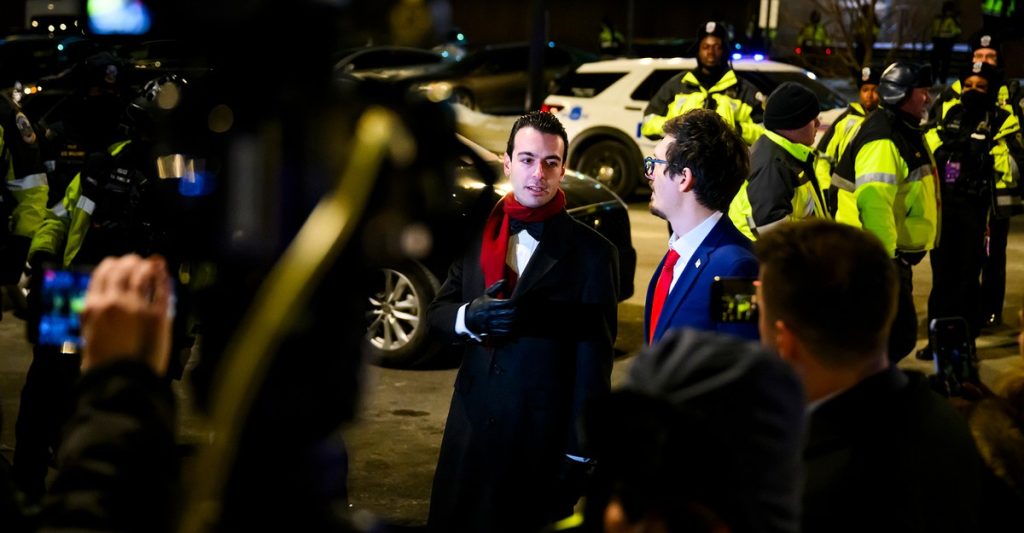The Rise of Paul Ingrassia: A Lens into the Shifting Political Landscape
Introduction: Who is Paul Ingrassia?
Paul Ingrassia, a figure recently appointed as the White House liaison for the Department of Justice, has emerged as a significant player in the current political arena. His appointment under the Trump administration highlights a notable shift towards embracing individuals with controversial online histories. Ingrassia’s journey from being a right-wing commentator to a high-level government position underscores the evolving dynamics of political acceptance and the normalization of extremist views in mainstream discourse.
Controversial Online Activities and Connections
Ingrassia’s online activities have sparked considerable debate, revealing a pattern of support for contentious figures and ideologies. His advocacy for Nick Fuentes, a known white nationalist, and his defense of Andrew Tate, a figure embroiled in serious allegations, place him at the center of a storm. Additionally, his derogatory remarks towards political figures like Nikki Haley illustrate a penchant for inflammatory rhetoric. These actions, while divisive, have not hindered his career trajectory, suggesting a shift in how such behavior is perceived and accepted in political circles.
The Role and Implications in the DOJ
In his capacity as White House liaison, Ingrassia wields significant influence over personnel decisions within the DOJ. This role not only reflects the administration’s priorities but also raises questions about the vetting process for high-level positions. The appointment signals a departure from previous standards, where such controversial histories might have barred individuals from similar roles. This shift in the administration’s approach to hiring could have profound implications for the DOJ’s policies and culture.
A Broader Trend in the Trump Administration
Ingrassia’s case is not an isolated incident but part of a larger trend within the Trump administration. The appointment of figures with extremist ties, such as Darren Beattie and Gavin Kliger, indicates a deliberate shift towards embracing voices once considered fringe. This trend reflects a strategy to normalize far-right ideologies, suggesting a recalibration of political norms and an effort to reshape the administration’s image to align with these perspectives.
Internal Conflicts and Policy Divisions
Despite the shared goal of advancing right-wing agendas, divisions within the administration are evident. The debate over H-1B visas exemplifies the tension between the populist, nationalist wing and the more tech-oriented faction. Ingrassia’s opposition to the visas aligns him with the former, while figures like Elon Musk support the latter. These internal conflicts, played out publicly, reveal the complexities and challenges within the coalition, highlighting the diverse motivations and priorities of its members.
Conclusion: Significance and Implications
Ingrassia’s appointment serves as a microcosm of the broader political changes afoot. It reflects a shift towards openness regarding extremist views and a redefinition of what is acceptable in public service. The implications are profound, pointing to a potential normalization of divisive rhetoric and the blurring of lines between fringe and mainstream politics. As the administration continues to navigate these complexities, the influence of figures like Ingrassia will remain a critical area of observation and analysis.


